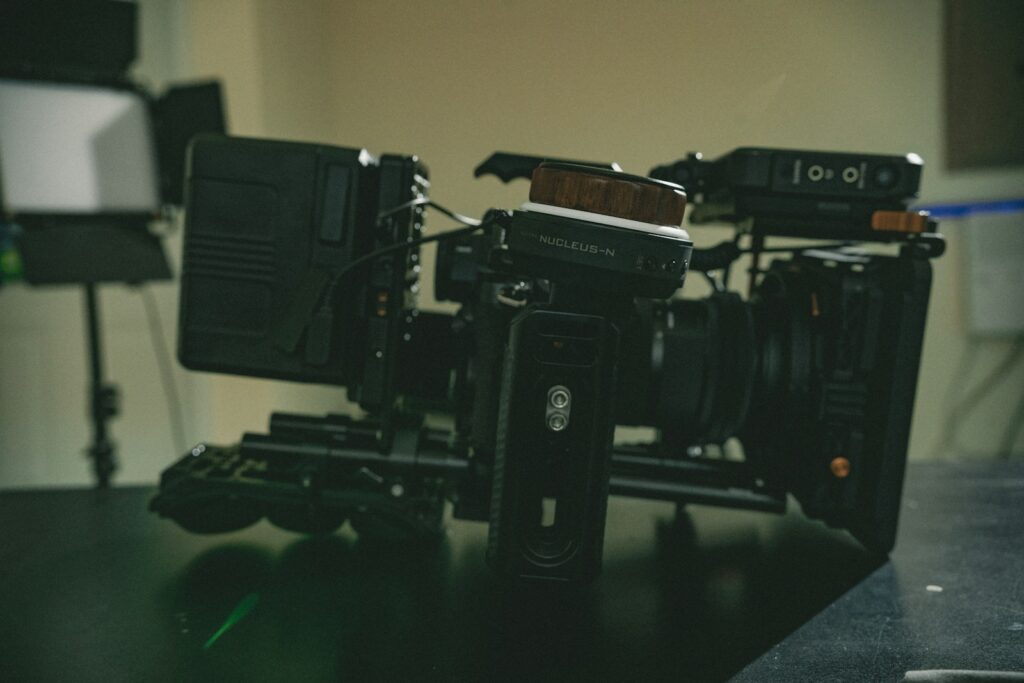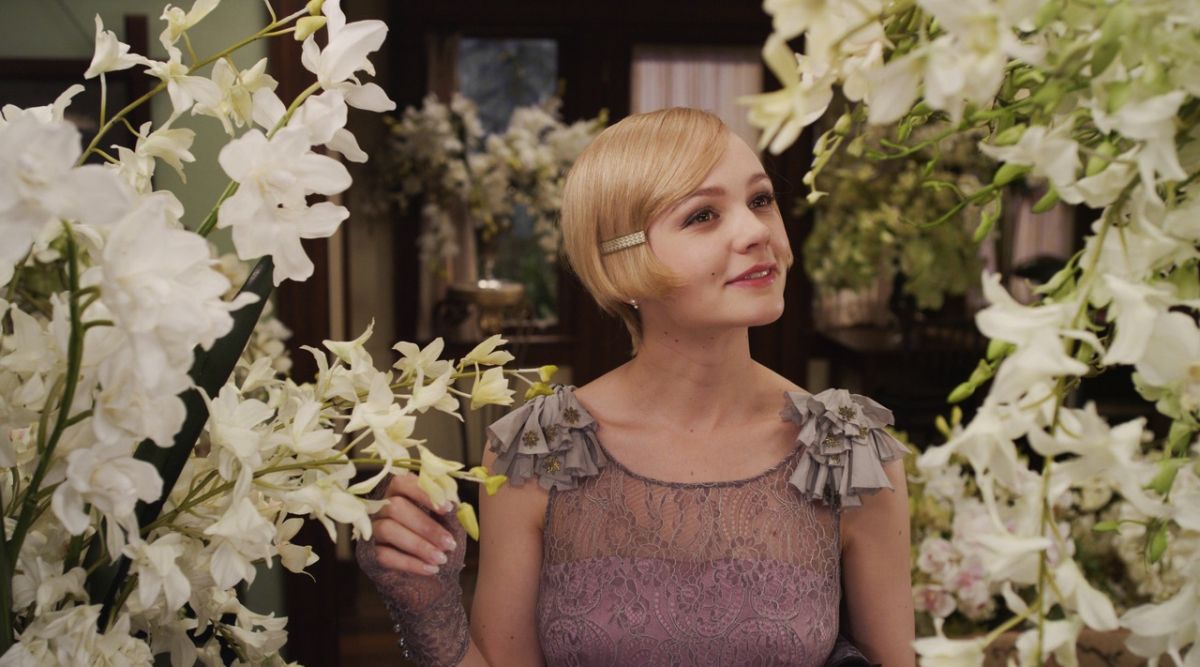
Ken Jacobs, a visionary experimental filmmaker whose career spanned more than seven decades, died on Sunday in Manhattan at the age of 92. Recognized by Film at Lincoln Center as “the titan of American experimental cinema,” Jacobs leaves behind a monumental body of work characterized by his pioneering use of manipulated found footage and profound philosophical inquiries into the nature of moving images.
His passing on October 5, 2025, follows that of his wife and close collaborator, Flo Jacobs, who died on June 4 of the same year. His son, filmmaker Azazel Jacobs, noted that “life without his collaborator and partner since 1960 was unimaginable for so many, especially him.” This profound connection underscored a lifetime of shared artistic endeavor and personal partnership.
Jacobs was a central figure in the New York downtown art scene of the 1960s, alongside contemporaries such as Andy Warhol and Allen Ginsberg, though his work often remained on the fringes of mainstream art history. Despite this, he profoundly influenced both cinema and art, consistently pushing the boundaries of what film could be. His meticulous chronicling of life through his lens, often transforming the mundane into the extraordinary, secured his place as one of the most significant moving-image artists of the 20th and 21st centuries, as acknowledged by the Museum of Modern Art, which acquired 212 of his works in 2023. We now delve into the foundational chapters of Ken Jacobs’ remarkable journey, exploring the early influences, collaborative ventures, and landmark works that established his unique voice in American cinema.

1. **Early Life and Artistic Formation**Ken Jacobs’ artistic journey began in Brooklyn, where he was born on May 25, 1933. His early life was marked by unique influences; his mother was an artist and writer who died when he was seven, and his father was a former minor league baseball player. These formative years, though challenging, laid an unconventional foundation for his future creative pursuits.
As a teenager, Jacobs gained a crucial film education through frequent visits to the Museum of Modern Art, thanks to free tickets offered by his high school. He discovered experimental film through exhibits there, sparking an early interest in the avant-garde. This exposure to diverse cinematic forms at a young age proved instrumental in shaping his nascent artistic sensibilities and steering him toward unconventional filmmaking.
After a two-year stint in the Coast Guard Reserve, following an unsuccessful attempt to achieve conscientious objector status during the war between the US and Korea, Jacobs embarked on formal art training. He briefly studied painting with Hans Hofmann, an abstract expressionist artist, in the 1950s. Hofmann’s spatial theories, particularly the idea that “space has volume and that although painting is two-dimensional, reality is three,” profoundly influenced Jacobs, leading to what Hofmann termed “plastic creation” arising from “the varied counterplay of push and pull,” flatness and depth.
Jacobs later explained his pivot from painting to film by stating that painting was regarded as flat, and he “needed both eyes to function” as a human being in search of depth, as he once told MoMA. This desire for dimensionality and a broader canvas for expression led him to embrace film. He even termed his filmic work “Abstract Expressionist cinema,” drawing a direct comparison between his cinematic experiments and his painting background.
Read more about: The Enduring Enigma: Unraveling the Rich History and Surprising Value of the American $2 Bill

2. **Founding the Millennium Film Workshop**A testament to Jacobs’ dedication to fostering an environment for avant-garde cinema, he and his late wife, Flo Jacobs, founded the Millennium Film Workshop in 1966. This pivotal institution, established with others, became an influential co-operative designed to provide new filmmakers with access “to the tools, ideas and networks of filmmaking beyond the confines of institutions and corporate studios,” according to the organization’s site.
The Millennium Film Workshop emerged as a vital hub within the burgeoning New York underground film scene, offering essential resources and a collaborative space for artists seeking to explore experimental forms. Its establishment underscored Ken Jacobs’ belief in communal artistic endeavors and his commitment to democratizing the means of film production, a stark contrast to the commercial constraints of Hollywood.
Flo Jacobs, often referred to as Florence or Flo, was not only Ken’s wife but also one of his closest collaborators, a fellow artist whose contributions were integral to his work. Her involvement in co-founding the Millennium Film Workshop highlights their shared vision and mutual dedication to the advancement of experimental cinema, laying groundwork for future generations of filmmakers.

3. **Collaboration with Jack Smith**Ken Jacobs’ early career was significantly shaped by his collaborations with fellow underground cinema legend Jack Smith, a relationship crucial to Jacobs’ development. Though Jacobs initially told a former student, R. Emmet Sweeney, that he “wasn’t taken by him” when they first met because Smith was “trying too hard,” their artistic synergy soon became undeniable.
Together, Jacobs and Smith worked on notable underground films that defied conventional narrative structures and embraced flamboyant performances and “downtown boho camp.” Among their most influential collaborations were “Blonde Cobra” (1963) and “Little Stabs at Happiness” (1960). These works became hallmarks of the early-’60s underground film lineage, pushing artistic boundaries and challenging societal norms.
“Blonde Cobra,” a 33-minute film, was described by Jacobs as “a look in on an exploding life, on a man of imagination suffering pre-fashionable Lower East Side deprivation and consumed with American 1950s, 40s, 30s disgust.” It combined footage shot and abandoned by Smith and Bob Fleischner, daringly exploring then-taboo themes such as cross-dressing, necrophilia, sadism, and suicide, leading to controversy and influencing filmmakers to dispense with narrative. The film, which premiered on a midnight double bill with Smith’s “Flaming Creatures,” was characterized by Jonas Mekas in the Village Voice as “a work hardly surpassable in perversity, in richness, in beauty, in sadness, in tragedy.”
“Little Stabs at Happiness,” completed in the early 1960s, was made as a “breather” from his larger project, “Star Spangled to Death.” With a run time of less than fifteen minutes, the film featured Jack Smith in two of its four segments, including scenes of him playing with dolls with a female companion in a bathtub and dressed as a clown on the roof of an apartment building. Sheldon Renan, writing in 1967’s “An Introduction to Underground Film,” described the work as “greatly admired by film-makers, but not by audiences,” underscoring its significant impact within avant-garde circles.
Read more about: Beyond the Spotlight: Unveiling the Enduring Realities of Country Music’s Iconic Married Duos

4. **“Orchard Street”: His First Foray into Filmmaking**Jacobs’ official foray into filmmaking began with “Orchard Street,” a short film that, per IMDb, was made in 1955, though other sources cite 1956. This inaugural work focused on the Lower East Side of Manhattan, a vibrant and evolving neighborhood that deeply resonated with Jacobs’ observations of urban life.
The film captured a fragmented, kaleidoscopic view of the Lower East Side thoroughfare and its denizens, presenting a unique visual tapestry of a “very Jewish street” that had undergone significant transformation following World War II. It was in this early work that Jacobs began to explore the potential of film to reflect social realities and human experience within an urban landscape.
“Orchard Street” served as a precursor to many of his later films, which also “used Manhattan streets, rooftops and dumps as the backdrop for sardonic minidramas of social despair,” as noted by his former student, film critic J. Hoberman, in 2013. This early thematic focus on urban settings and social commentary remained a recurring motif throughout Jacobs’ extensive career.

5. **“Tom, Tom the Piper’s Son”: A Landmark in Structural Filmmaking**One of Ken Jacobs’ most celebrated and foundational works is the 1969 film “Tom, Tom, the Piper’s Son,” a piece that cemented his reputation as a master of structural filmmaking. This nearly two-hour meditation was constructed from a single, short film from 1905 by Billy Bitzer, which Jacobs meticulously manipulated.
In “Tom, Tom, the Piper’s Son,” Jacobs employed pioneering techniques to recontextualize the original footage, altering its speed, light, and motion. He slowed it down, stilled it, looped it, and re-photographed it at various speeds and magnification levels, presenting it in its existing form. This exhaustive examination of a single clip became a seminal example of deconstruction in film, calling attention to aspects of the medium itself through repetition and flickering effects.
The significance of “Tom, Tom, the Piper’s Son” was formally recognized in 2007 when it was admitted to the National Film Registry, preserving its cultural and historical importance. The scholar P. Adams Sitney once pointed out that the act of altering the Griffith clip over and over was “something of a performance in its own right,” highlighting the durational and performative aspects of Jacobs’ artistic process.
Jacobs explained his approach to the film, stating, “There’s already so much film. Let’s draw some of it out for a deeper look, toy with it, take it into a new light with inventive and expressive projection. Freud would suggest doing so as a way to look into our minds.” This statement encapsulates his belief in delving into existing visual material to uncover deeper meanings and challenge audience perception, marking the film as an iconic work in structuralism.

6. **His Philosophy of Film: Deeper Looking and Abstract Expressionist Cinema**Ken Jacobs’ filmmaking was underpinned by a distinctive philosophical approach that sought to transcend mere storytelling, aiming instead for a profound engagement with the very act of seeing. He perceived film not merely as a narrative vehicle but as a medium capable of revealing hidden dimensions within existing images.
His assertion, referencing his wife and longtime collaborator Florence, “When I talk about Flo and I working with film together, it really was as two painters seeing what was possible in film. We weren’t just telling stories. It was really to see things, to see colored space operating, being vital, moving,” articulated his commitment to exploring the visual and spatial dynamics of film. This perspective, cultivated through his background in painting with Hans Hofmann, led him to coin the term “Abstract Expressionist cinema,” drawing a direct parallel between the spontaneity and emotional depth of abstract expressionism and his own cinematic experiments.
Jacobs’ method involved a deep interrogation of filmic material, echoing his statement about “Tom, Tom, the Piper’s Son” to “draw some of it out for a deeper look, toy with it, take it into a new light with inventive and expressive projection.” He believed that by manipulating existing footage, he could open up new avenues for understanding, suggesting that “Freud would suggest doing so as a way to look into our minds.” This psychological dimension added another layer to his exploration of perception.
While his work was often characterized as absurd or surreal, Jacobs consistently asserted that it was also “obliquely political.” This sensibility was perhaps most evident in his magnum opus, “Star Spangled to Death,” which acted as a recent history of protest in the US. Even as he focused on “abstractions,” he understood the political undercurrents of his art, telling the Brooklyn Rail, “I admire the people who are devoting their time to resistance right now… But I work at my abstractions.”

7. **Teaching Legacy at Binghamton University**Beyond his groundbreaking filmography, Ken Jacobs left an indelible mark through his extensive and influential career as an educator. He taught in the cinema department of Binghamton University in New York (then known as Harpur College) for over three decades, beginning in 1969 and continuing until 2002.
Jacobs began his tenure by leading an experimental film seminar within a course taught by fellow filmmaker Larry Gottheim. Its immediate popularity led the school to hire him, a decision that would prove transformative for the institution. He and Gottheim would eventually create the SUNY system’s first Department of Cinema that specialized in avant-garde cinema appreciation and production, with Jacobs eventually becoming a Distinguished Professor Emeritus.
His impact on students was profound, fostering a generation of acclaimed artists and filmmakers. Notable students included film critic J. Hoberman, who later wrote extensively on Jacobs’ work, and Art Spiegelman, whose initial conception for “Maus” reportedly came after watching cartoons in Jacobs’ class in 1971. Spiegelman, who described Jacobs as “my mentor and irascible best friend for over 30 years,” attested to the unique and challenging learning environment Jacobs cultivated.
Jacobs’ teaching style was often described as dynamic and provocative. R. Emmet Sweeney, another former student, recounted taking a class with Jacobs under the broad heading of “Stupidity” where Jacobs “was like a stand-up comedian at this point, just riffing on that annoyed him; it was very entertaining and unlike anything I had experienced in a classroom.” Sweeney’s main takeaway was “to question everything, including him,” encapsulating the critical thinking and independent spirit Jacobs aimed to instill in his students.
His commitment to challenging norms extended to his curriculum, as evidenced by a 1970 newspaper clipping from the college newspaper, The Colonial News, that hung in his office. The headline, “LOCAL GROUP SEEKS FIRING OF COLLEGE PROF,” detailed efforts by Broome County residents, making up the Committee for a University Return to Education (CURE), to have Jacobs fired for screening 1969’s “Nisi Ariana Window,” which they considered “a pornographic film.” Jacobs, unphased by such threats, prevailed against these attempts, knowing they lacked just cause for termination and recognizing his symbolic role as their nemesis, stating, “I’m useful to them. They feel that if they get rid of me, they get rid of ‘evil’ in the world.”
Having charted the foundational aspects of Ken Jacobs’ illustrious career, from his early artistic leanings to his impactful tenure as an educator, we now turn our attention to the further dimensions of his cinematic genius. This includes his most ambitious undertaking, his profound collaborative dynamic with Flo Jacobs, his groundbreaking technological innovations, and the enduring recognition and occasional controversies that marked his path, culminating in his undeniable legacy within experimental cinema.

8. **“Star Spangled to Death”: His Magnum Opus**Among Ken Jacobs’ most ambitious and politically charged works is “Star Spangled to Death,” a monumental nearly seven-hour compendium of found footage that he began compiling in 1957 and completed in 2004. This expansive film, which took 47 years to realize, served as a revelatory and caustic critique of American society, offering a recent history of protest in the United States.
The film debuted to significant attention at the New York Film Festival in 2004, cementing Jacobs’s reputation for challenging conventional narrative and cinematic structures. It incorporated a diverse array of clips, from historical political speeches like Nixon’s “Checkers” speech to surreal early animated cartoons and ethnographic footage, creating a complex tapestry of 20th-century American history.
J. Hoberman, a former student and film critic, famously described “Star Spangled to Death” in the Village Voice as “the ultimate underground movie,” underscoring its profound impact and its position at the zenith of avant-garde filmmaking. Jacobs himself had described an initial incarnation of the work, which he began in the 1950s, as “meant to test human tolerance,” reflecting its challenging duration and provocative content.
Parker Tyler, writing in 1969’s “Underground Film: A Critical History,” articulated the film’s underlying ethos, noting its title was “a grimly poetic camp phrase expressing the anti patriotic radical socialism which, Jacobs believes, was the true impetus of the emergent Underground as distinct from the elder avant-garde.” This political impulse, a constant thread throughout Jacobs’s oeuvre, found its most comprehensive expression in this seminal work.
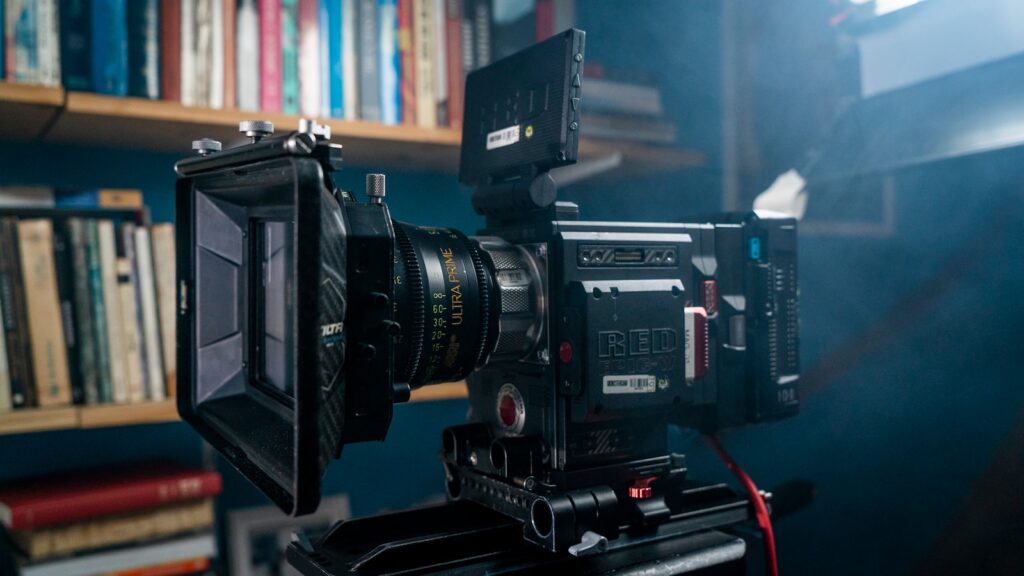
9. **The Invaluable Partnership with Flo Jacobs**While already mentioned in the context of the Millennium Film Workshop, the full scope of Ken Jacobs’ partnership with his wife, Flo Jacobs, extended far beyond co-founding an institution. Florence, or Flo as she was known, was not only his wife but also his closest collaborator and a fellow artist whose contributions were deeply integral to his artistic endeavors since 1960.
Her involvement was multifaceted and pervasive, underpinning many aspects of his creative process and public presentations. Jacobs openly acknowledged her indispensable support, stating, “Besides all the lifting and hauling and helping feed and keep my contraptions together during performance, recruited to performing, I rely on her taste, her approval, her finer sensibility.” This highlights her active role in the physical execution of his complex installations and performances.
The emotional and intellectual companionship Flo provided was equally critical. Jacobs noted that her presence “reliev[ed] me of the bleak loneliness of the distant gig, applause followed by return to pimpled teenage outsider gloom,” emphasizing her profound impact on his personal well-being and resilience as an artist operating on the fringes of mainstream recognition. Their bond was so profound that, following Flo’s passing in June 2025, Ken’s son, Azazel Jacobs, observed that “life without his collaborator and partner since 1960 was unimaginable for so many, especially him.”
Indeed, their shared artistic vision was rooted in a common background and approach. Jacobs once reflected, “When I talk about Flo and I working with film together, it really was as two painters seeing what was possible in film. We weren’t just telling stories. It was really to see things, to see colored space operating, being vital, moving.” This statement eloquently captures their mutual dedication to exploring the visual and spatial dynamics of film, cementing Flo’s role not just as a supporter, but as a co-creator in their shared pursuit of “Abstract Expressionist cinema.”
Read more about: Bobby Hart, Prolific Songwriter Who Shaped The Monkees’ Sound and Beyond, Dies at 86
10. **Revolutionary “Eternalisms” and 3D Techniques**In the later decades of his career, Ken Jacobs embarked on a groundbreaking exploration of dimensionality, pioneering a series of works he termed “Eternalisms” starting in 1999. These experiments aimed to transform two-dimensional images into three-dimensional experiences, often without the need for specialized glasses, pushing the boundaries of filmic perception.
Jacobs devised his own editing system to achieve these captivating effects, leveraging stroboscopic effects, digital video, and innovative 3D projection techniques. For instance, in 2018, as part of his “Eternalisms” series, he famously trained his lens on Joan Mitchell’s abstractions, utilizing a stereo 3D camera to create the illusion that the paintings appeared to “pulse,” imbuing static art with dynamic life.
His commitment to this revolutionary approach continued until his final days, with his son Azazel Jacobs noting that Ken “worked on his art every day, completing some final ‘eternalisms’ on the day he went to the hospital.” This dedication underscored his relentless pursuit of new visual possibilities and his belief in the untapped potential of the moving image.
Further examples of his work in this vein include “Joys of Waiting for the Broadway Bus” (2013), a four-part series of enhanced 3D film digital slides, and “A Primer in Sky Socialism” (2013), which was presented as a color 3D film. These works, along with his 2022 full-length collaboration with Flo, “XCXHXEXRXRXIXEXSX,” exemplified his late-career mastery of 3D-style projection and editing techniques, offering audiences profoundly immersive and disorienting visual experiences.

11. **The “Nervous System” Apparatus**A particularly ingenious manifestation of Ken Jacobs’s quest for dimensionality and perceptual manipulation was his self-designed “Nervous System” apparatus. This unique contraption allowed him to explore depth and optical effects in a truly revolutionary manner, creating a distinct visual vocabulary.
As meticulously described by J. Hoberman, the “Nervous System” operated by “running identical footage, slightly out of phrase, inch by inch through a pair of projectors fronted by a large, propeller-like shutter.” This intricate setup was engineered to produce a distinct form of depth, which Jacobs himself termed “eternalism.”
The resulting experience was characterized by “the rapid alternation of similar frames, as well as a barrage of regimented light and increasing optical violence.” This mechanism allowed Jacobs to deconstruct and reconstruct the viewing experience, creating a visceral engagement with the moving image that went beyond conventional cinematic illusion, making the audience acutely aware of the film’s materiality and their own perception.
The “Nervous System” apparatus was not merely a technical innovation but a philosophical tool, embodying Jacobs’s commitment to exploring the mechanics of vision and the subconscious mind. It challenged viewers to look deeper into the images presented, echoing his lifelong pursuit of revealing hidden dimensions within existing visual material.
12. **Extensive Exhibition and Accolades**Throughout his seven-decade career, Ken Jacobs’s groundbreaking work garnered extensive exhibition and numerous accolades, solidifying his status as a major figure in global experimental cinema. His films, videos, and performances were showcased at prestigious venues and festivals around the world.
These included the Berlin Film Festival, the London Film Festival, the New York Film Festival, the Hong Kong Film Festival, and the International Film Festival Rotterdam, demonstrating the international recognition and appreciation for his avant-garde contributions. Domestically, his work was consistently featured at leading art institutions such as the Museum of Modern Art (MoMA), the Museum of the Moving Image, and the Whitney Museum of American Art in New York.
His profound impact was further acknowledged through a series of significant awards and grants. Jacobs was a recipient of the 1994 American Film Institute’s Maya Deren Award, a prestigious honor recognizing independent American film artists. He also received a John Simon Guggenheim Fellowship, a Creative Capital Moving Image grant in 2012, and was named a United States Artists (USA) Fellow in 2014.
Beyond these, he secured vital grants from the National Endowment for the Arts, the Rockefeller Foundation, and the New York State Council on the Arts, all of which provided crucial support for his often-unconventional artistic endeavors. In a significant testament to his enduring legacy, MoMA acquired 212 of his works in 2023, hailing him as “one of the great moving-image artists of the 20th and 21st centuries.”
Read more about: Academy’s Crossroads: Unpacking the Oscar Eligibility Debates and Rule Evolutions for the Modern Film Era
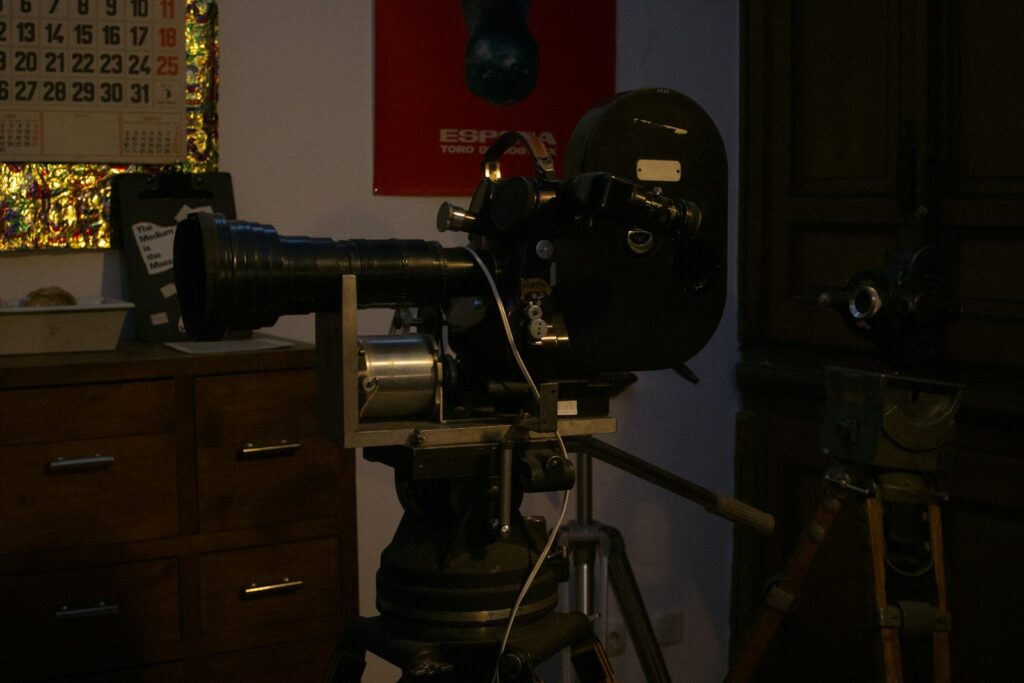
13. **Navigating Controversy**Ken Jacobs’s commitment to pushing artistic boundaries frequently led him into controversial territory, a challenge he navigated with resilience and an unwavering artistic conviction. His willingness to explore taboo themes and challenge societal norms often provoked strong reactions, yet he consistently prevailed against such pressures.
One of his early and most influential collaborations, “Blonde Cobra” (1963), dared to delve into subjects such as cross-dressing, necrophilia, sadism, and suicide. These depictions were so provocative that Jonas Mekas, writing in the Village Voice, characterized it as “a work hardly surpassable in perversity, in richness, in beauty, in sadness, in tragedy,” highlighting its challenging content that ultimately influenced other filmmakers to dispense with narrative.
Beyond the content of his films, Jacobs directly confronted censorship and public outcry. He had been arrested for showing Jack Smith’s “Flaming Creatures” back in 1964 under obscenity charges, demonstrating his personal commitment to defending artistic freedom. This experience likely informed his resolute stance years later when facing calls for his termination from Binghamton University.
As detailed in a 1970 newspaper clipping, a group called the Committee for a University Return to Education (CURE) sought to have Jacobs fired for screening his 1969 film “Nisi Ariana Window,” which they deemed “a pornographic film.” Unfazed by these “mafioso-like threats,” Jacobs recognized his symbolic role as their nemesis, asserting, “I’m useful to them. They feel that if they get rid of me, they get rid of ‘evil’ in the world.” His principled stand ensured his artistic and academic freedom, illustrating a lifetime spent challenging the status quo.
Read more about: The Million-Dollar Encore: 12 Wild Lawsuits Where Fans Sued Pop Stars Over Concert Catastrophes
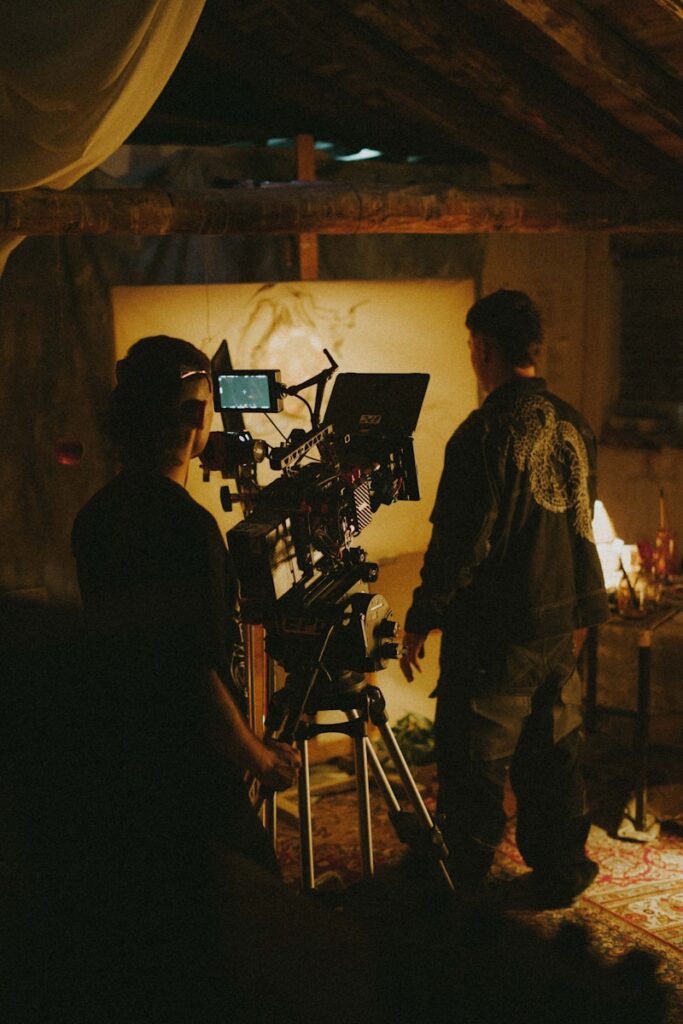
14. **Later Works and Continued Experimentation**Even as he cemented his place in film history with early masterpieces, Ken Jacobs never ceased to innovate, consistently producing a diverse array of films and performances throughout his career. His later works continued to expand upon his foundational techniques of manipulating found footage and exploring the intricacies of visual perception.
Following his seminal “Tom, Tom, the Piper’s Son,” Jacobs continued to release significant works, including “Perfect Film” (1986) and “Opening the Nineteenth Century: 1896” (1990). These films further demonstrated his distinctive approach to recontextualizing archival material, inviting audiences to a “deeper look” into historical footage.
His fascination with dimensional exploration, exemplified by his “Eternalisms,” also manifested in unique collaborations. In 2005, for “Celestial Subway Lines/Salvaging Noise,” a collaboration with avant-garde composer John Zorn, Jacobs incorporated a modified version of a magic lantern, a 17th-century image projector, marrying ancient technology with his modern experimental vision.
Further examples of his extensive filmography, particularly in the 21st century, include “Circling Zero: We See Absence” (2002), “Nymph” (2007), “Gift of Fire: Nineteen (Obscure) Frames that Changed the World” (2007), “The Scenic Route” (2008), and “Seeking the Monkey King” (2011). His final credited film, “XCXHXEXRXRXIXEXSX” (2022), a full-length collaboration with Flo, showcased his ongoing dedication to cutting-edge 3D-style projection and editing techniques, proving his artistic vitality remained undiminished at 92.
Read more about: Beyond the Brushstrokes: 14 Defining Principles of Leonardo da Vinci’s Revolutionary Life and Enduring Genius
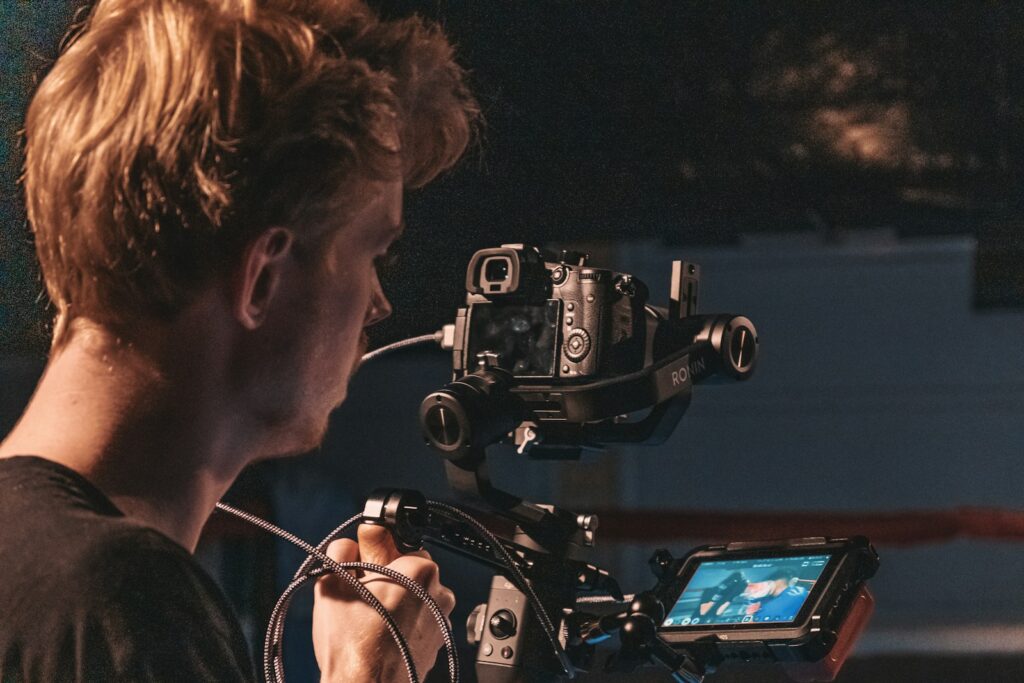
15. **Enduring Legacy and Influence on Experimental Cinema**Ken Jacobs’s passing marks the end of an era, yet his towering influence on experimental cinema remains profound and enduring. Recognized by Film at Lincoln Center as “the titan of American experimental cinema,” Jacobs profoundly shaped the understanding and practice of what film could be for generations of artists and audiences.
His meticulous chronicling of life through his lens, often transforming the mundane into the extraordinary, secured his place as “one of the great moving-image artists of the 20th and 21st centuries,” as acknowledged by the Museum of Modern Art. He was not merely a single formative force but, as one observer noted, “a river through which an array of streams flowed to their own artistic destinations,” influencing countless individuals to explore new cinematic frontiers.
Jacobs’s legacy is vividly demonstrated through the achievements of his students from Binghamton University, including prominent figures like film critic J. Hoberman and acclaimed artist Art Spiegelman, who described Jacobs as “my mentor and irascible best friend for over 30 years.” His dynamic teaching style, which encouraged questioning and independent thinking, fostered a generation of groundbreaking filmmakers and thinkers.
Read more about: From Underground Rapper to Oscar Winner: 12 Mind-Blowing Facts You Didn’t Know About Common’s Incredible Journey!
Ultimately, Ken Jacobs left an indelible mark not only through his vast and innovative filmography but also through his unwavering commitment to challenging artistic and societal norms. His work, characterized by its philosophical depth, technical ingenuity, and often provocative nature, continues to resonate, inspiring artists to look deeper, experiment bolder, and redefine the very essence of the cinematic experience for decades to come. His spirit of restless inquiry and boundless creativity will continue to illuminate the path for future avant-garde endeavors.



